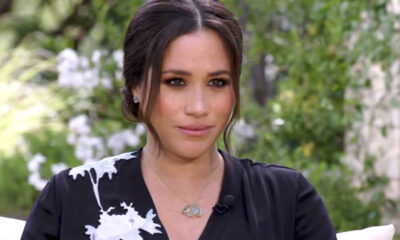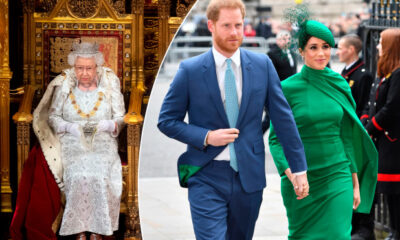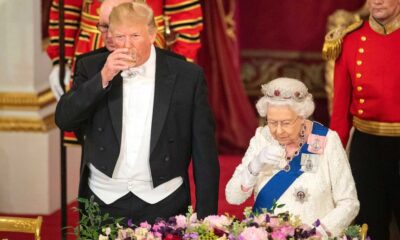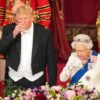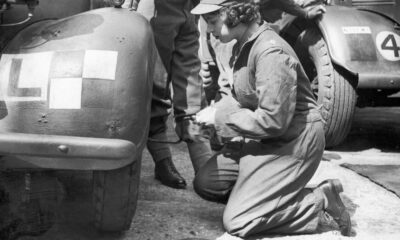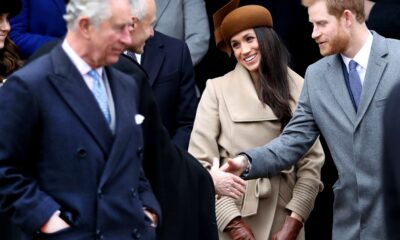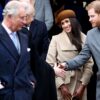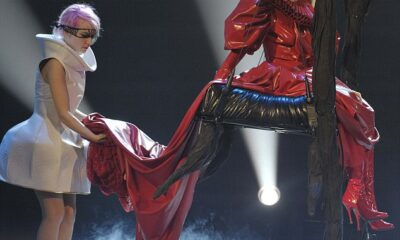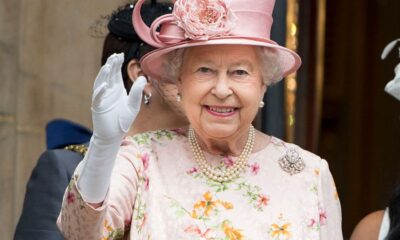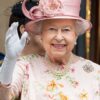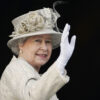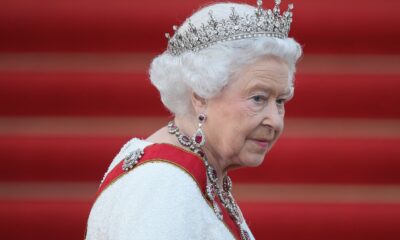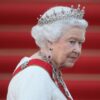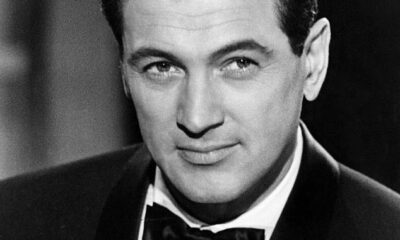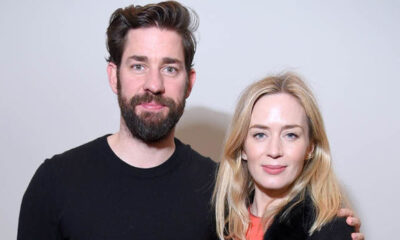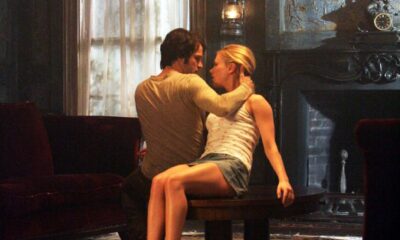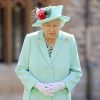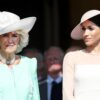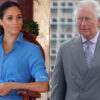All round
How Princess Elizabeth became Queen at 25
At the age of 25, Princess Elizabeth (born Elizabeth Alexandra Mary on April 21, 1926) became Queen Elizabeth II. Her father, King George VI, died in his sleep on Feb. 6, 1952, at the age of 56, after a long battle with lung cancer. Princess Elizabeth, his eldest daughter, ascended to the throne after his death.
When King George died, Princess Elizabeth and her husband, Prince Philip, were in East Africa. They were in Kenya as part of a planned five-month trip to Australia and New Zealand when they learned of King George’s death. The couple quickly made arrangements to return to the United Kingdom after hearing the news.
While Elizabeth was still on her way home, the Accession Council of England convened to select who would be the heir to the throne. By 7 p.m., Queen Elizabeth II had been declared new queen. When Elizabeth landed in London, Prime Minister Winston Churchill greeted her at the airport to begin the preparations for her father’s viewing and burial.
On June 2, 1953, more than a year after her father’s death, Queen Elizabeth II was crowned in Westminster Abbey. Although the communion and anointing were not aired, it was the first televised coronation in history. Elizabeth II and Phillip, Duke of Edinburgh, moved into Buckingham Palace before the coronation to prepare for her reign.
Trending:
Buckingham Palace Hosts 1st Changing of the Guard since COVID-19 began

Tourists watch as soldiers from the British Household Division march towards Buckingham Palace during the daily ceremony of the Changing of the Guard outside Buckingham Palace on April 22, 2011. Credit: CARL DE SOUZA/AFP/Getty Images.
For the first time since the coronavirus pandemic began, the Changing of the Guard event was held at Buckingham Palace.
Soldiers from the 1st Battalion Coldstream Guards wore their distinctive scarlet tunics and bearskin caps outside Queen Elizabeth’s London residence on Monday for the first time in over 17 months to take part in the ceremonial occasion.
The Band of the Coldstream Guards performed a medley of classics in honor of the United Kingdom’s Olympic squad, including Spandau Ballet’s “Gold,” Whitney Houston’s “One Moment in Time,” and the Chariots of Fire theme.
They marched from neighboring Wellington Barracks to the palace to relieve the old guard, the Nijmegen Company Grenadier Guards, of their duties.
The Queen was not there since she is still on her annual holiday at Balmoral, but a large crowd of visitors flocked to see the colorful military display, which included a musical background honoring Team GB’s Olympic triumph.
The famous Palace ceremony, as well as those at Windsor Castle, the Tower of London, and St. James’s Palace, were suspended last year as part of the United Kingdom government’s effort to prevent huge public gatherings and reduce the spread of the coronavirus.
The guardsmen have held their usual posts outside Buckingham Palace since the Changing of the Guard was stopped last year, but they have gone through their personnel changes without any music or ceremony. Since World War II, this is the longest time the custom has been suspended.
“It’s been a long time coming,” said Garrison Sergeant Major Andrew Stokes of the Coldstream Guards, who was in charge of the ceremony’s return.
“Bearing in mind it’s been 18 months since we last did a ceremonial Changing the Guard (at Buckingham Palace), there’s been an awful lot of hard work and preparation getting people up to standard”, he remarked as several of the parade’s participants performed the duty for the first time.
He added: “The guardsmen enjoy it because lots of members of the public and tourists come and watch – sometimes up to 20,000 in the middle of summer.
“The musicians enjoy it because they get to practise their skill in front of a willing audience, and it instils an awful lot of pride knowing that all these people have come to watch these very young guardsmen and musicians.”
While guardsmen have remained in their sentry positions outside Buckingham Palace, they have done so in an ‘Administrative Guard Mount,’ where personnel has been changed without ceremony or music.
Following Monday’s event, the Changing of the Guard will take place on Mondays, Wednesdays, Fridays, and Sundays at Buckingham Palace, St. James’s Palace, and the Tower of London.
The Army’s renowned Household Division performs official ceremonial and public responsibilities at Buckingham Palace, the Tower of London, and Windsor Castle, including Trooping the Colour, the State Opening of Parliament, and Changing the Guard.
The palace ceremony comes after the 1st Battalion Grenadier Guards returned to the cobbled streets of Queen Elizabeth’s private home, where she isolated for the majority of the pandemic with her late husband, Prince Philip, during the first post-lockdowns Changing of the Guard at Windsor Castle in July.
The pandemic has disrupted a number of royal rituals, including the Changing of the Guard. The queen, who is 95 years old, returned to Royal Ascot in June after missing it for the first time in 68 years in 2020. (The famous horse race went occurred last year, but it was held behind closed doors with no spectators.)
Popular Posts:
- Queen’s damning reply to Prince Harry’s ‘what Meghan wants, Meghan gets’ outburst
- Here’s Why Meghan Markle Cannot File Harry Divorce In US
- Meghan Markle ‘escorted out of Prince Charles’ garden party’ in unearthed video
- Here’s Why Meghan Markle Cannot File Harry Divorce In US
- Prince Harry ‘kept asking for more money’ and Prince Charles got ‘fed up’
- Prince Charles ‘deliberately’ left Meghan out of Archie’s birthday message
- Prince Harry and Meghan ‘blamed staff when they didn’t get their way’
- Prince Harry has been ‘brainwashed’, says biographer
- Meghan Markle blogged about Kate’s wedding before claiming she ‘didn’t know much about royals’
- REVENGE: Beatrice’s pregnancy announcement total dig at Meghan Markle
- Damage is done: Prince Harry warned rift with Prince Charles is widening beyond repair
- Meghan Markle Oprah interview claims debunked by own blog post
- Prince Harry faces Backlash for podcast interview, Duke ‘making too much noise’
- Queen and Charles deeply upset with Harry’s rants
- Harry and Meghan are ‘trolling the world’ with hidden photos Archie, says their biographer
- Prince Harry Demands wife Meghan Markle Be Part Of Princess Diana’s 60th Birthday Tribute Or He Won’t Show
- Harry and Meghan are ‘trolling the world’ with hidden photos Archie, says their biographer
- Meghan Markle’s Plastic Surgery
- Meghan and Harry CAN’T do another bombshell interview – ‘Can only do one’
- How Kate Middleton earned the Queen’s respect
- William and Kate prove they are NOT ‘trapped’ despite Harry claims
- Kate Middleton ‘won’t be walked over by Meghan Markle,’ says Jenny Eclair
- Meghan ‘wasn’t too keen’ on living in smaller place than Kate and William after royal wedding
- Meghan Markle was a ‘failure’ in Hollywood, biographer reveals
- Meghan and Harry are trying to start ‘alternate woke Royal Family,’ Expert says



